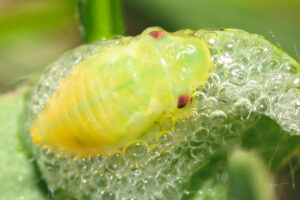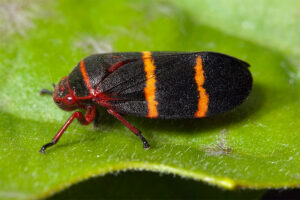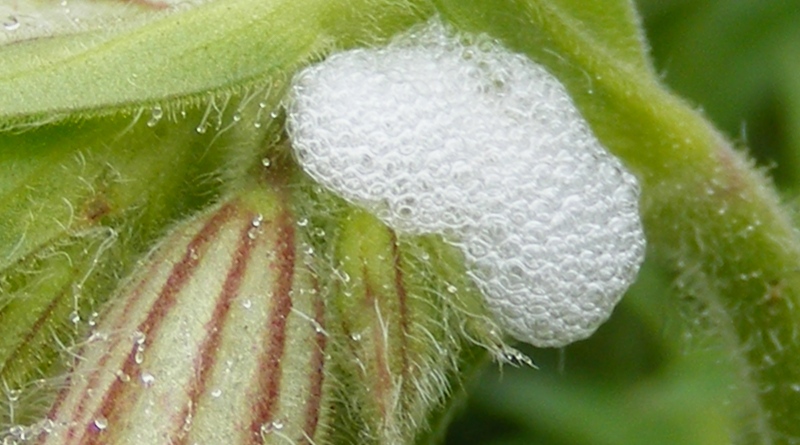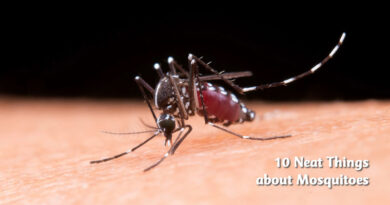Spittlebugs
Who’s been spitting on my plants? Spittlebugs show a preference for nitrogen-fixing plants such as legumes and it is postulated that they are most plentiful on plants grown in healthy soil, but that may just be the conceit of observers. They also seem to enjoy the sap of spruce and junipers.
This is the season for all the creepy crawlies to visit you favourite plants and sometimes they appear in mysterious garb.
Take the spittlebug, Homoptera:Cercopoidea, for instance. This interesting creature hides under a mantle of foam he excretes using your plant’s sap to cover himself and keep him from harm by predators. Since he has no hard shell, the foam also keeps him from drying out and saves his tender exterior from sunburn or frost.
A sucking insect, distantly related to aphids, the spittlebug has the perverse habit of taking his sustenance from the xylem of a plant, which draws water and some nutrients from the soil to help feed the manufactory in the leaves. (Most insects feed on the more sugary leaves). You will see Mr. Spittlebug on the stems of your plants, surrounded by foam.
Now at this stage, he’s just a kid – it is only the little wingless green nymph that manufactures the acrid tasting spittle. When he grows up, he will emerge as black or brown or tan, about an eighth to a quarter inch long. At this point, he often gets a new name: froghopper. This is for his face which supposedly resembles that of a frog and for his amazing ability to jump. He can take a vertical leap of two feet – 100 times his length.
Spittlebugs show a preference for nitrogen-fixing plants such as legumes and it is postulated that they are most plentiful on plants grown in healthy soil, but that may just be the conceit of observers. They also seem to enjoy the sap of spruce and junipers.
The good news is that they do very little damage in the home garden. Knock them off with the garden hose or wipe them off with your gloved fingers.






